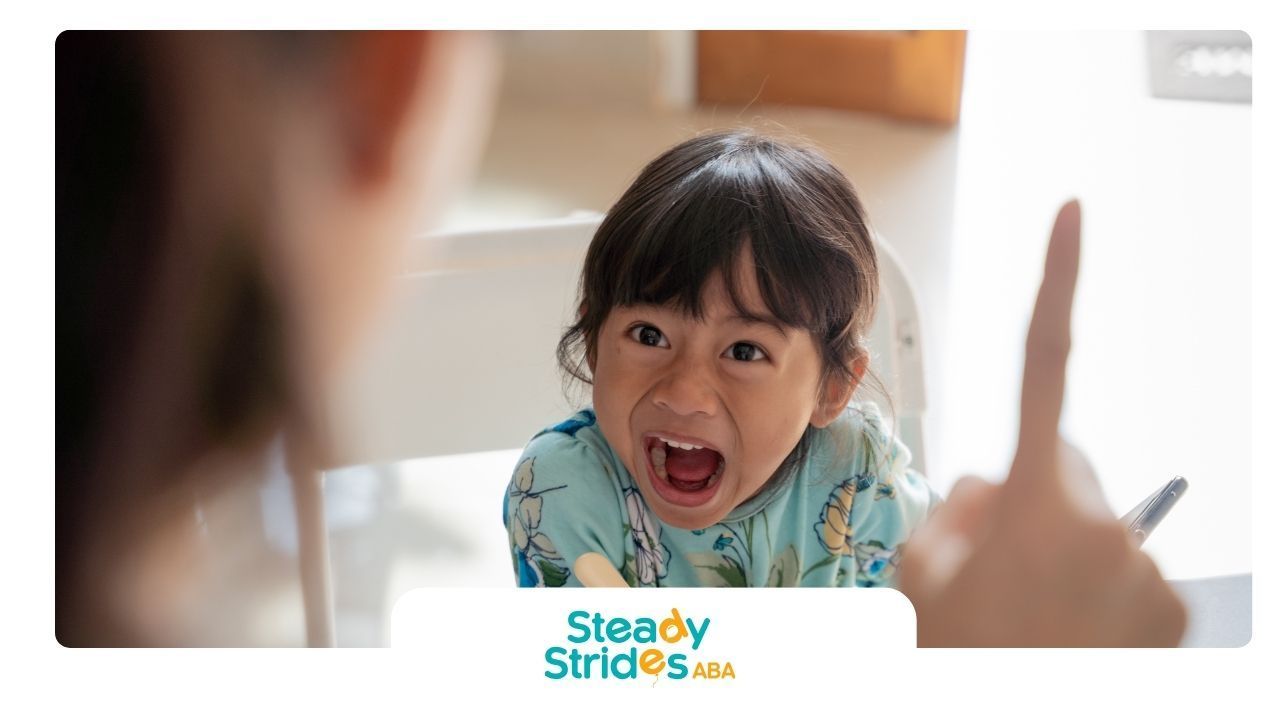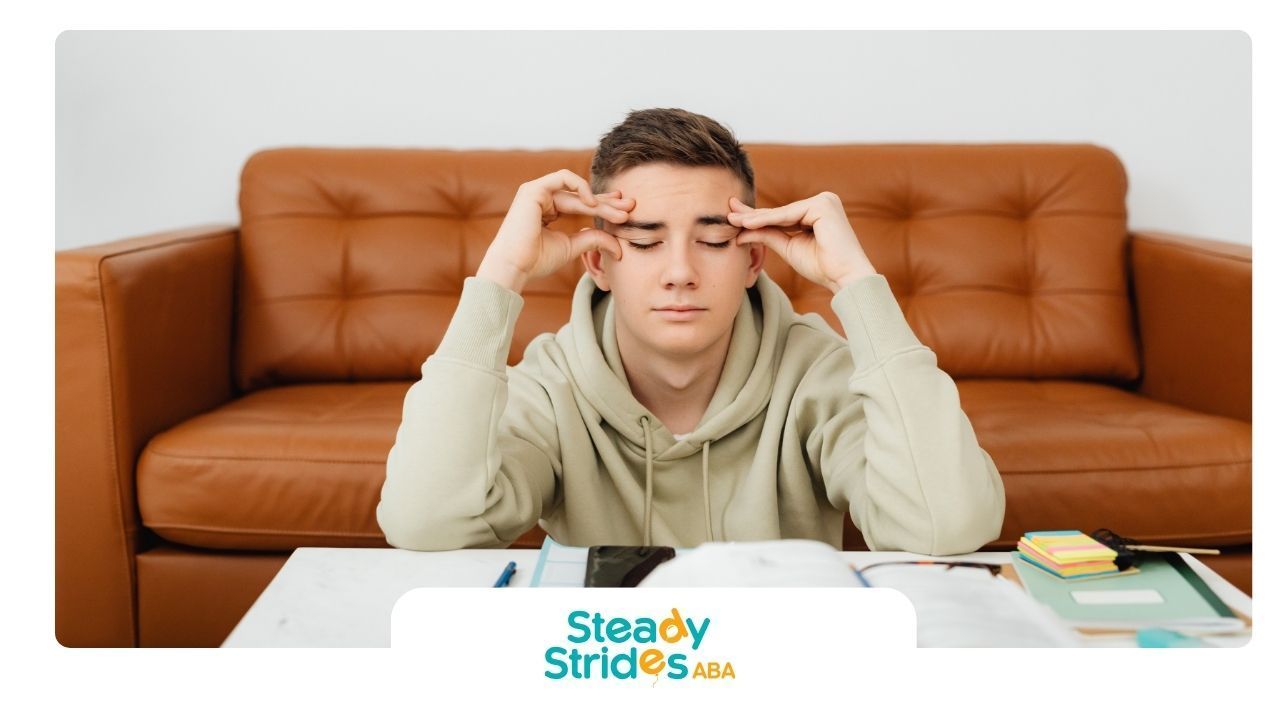Sleep is essential for everyone, but it can be particularly challenging for children with Autism Spectrum Disorder (ASD). Many parents struggle with getting their autistic children to sleep alone, which can lead to disrupted nights and stress for the entire family. This blog aims to provide practical strategies and insights to help parents and caregivers train kids with autism to sleep independently, promoting better sleep hygiene and overall well-being.
Understanding Sleep Challenges in Children with Autism
Children with autism often face unique sleep challenges, including difficulty falling asleep, staying asleep, and waking up too early. These issues can stem from various factors such as:
- Sensory Sensitivities: Children with autism may be hypersensitive to light, sound, and textures, making it hard for them to relax and fall asleep.
- Anxiety and Rigidity: Changes in routine or anxiety about sleeping alone can exacerbate sleep difficulties.
- Medical Conditions: Conditions such as gastrointestinal problems or sleep disorders like sleep apnea can affect sleep quality.
- Communication Barriers: Difficulty communicating their needs and discomforts can also contribute to sleep disturbances.
Establishing a Consistent Bedtime Routine
One of the most effective ways to help children with autism sleep alone is by establishing a consistent bedtime routine. This routine provides structure and predictability, which can be comforting for children with autism.
- Set a Regular Bedtime: Choose a bedtime that allows for 8-10 hours of sleep and stick to it consistently, even on weekends.
- Create a Calming Pre-Bedtime Routine: Activities such as a warm bath, reading a book, or listening to soothing music can signal to your child that it’s time to wind down.
- Limit Screen Time: Avoid screens at least an hour before bedtime, as the blue light from devices can interfere with the production of melatonin, a hormone that regulates sleep.
- Use Visual Schedules: Visual schedules can help children understand and follow the bedtime routine. Pictures or icons representing each step can be very effective.
Creating a Sleep-Friendly Environment
The bedroom environment plays a crucial role in promoting sleep. Here are some tips to create a conducive sleeping space:
- Control Lighting: Use blackout curtains to block outside light and consider a dim nightlight if complete darkness is unsettling for your child.
- Reduce Noise: Use white noise machines or fans to mask disruptive sounds. Earplugs may also be helpful if your child is comfortable wearing them.
- Ensure Comfort: Choose bedding and pajamas that are soft and comfortable. Pay attention to textures that might irritate your child’s skin.
- Maintain a Cool Temperature: A slightly cool room temperature can promote better sleep. Aim for around 65-70 degrees Fahrenheit.
Behavioral Strategies for Independent Sleeping
Behavioral strategies are essential in helping children with autism learn to sleep alone. Applied Behavior Analysis (ABA) techniques can be particularly effective.
- Gradual Transition: Gradually reduce the time you spend with your child at bedtime. Start by sitting next to their bed, then move to a chair further away, and eventually outside the room.
- Positive Reinforcement: Reward your child for sleeping alone. Rewards can include praise, stickers, or a small toy. Make sure the reward is something your child values.
- Bedtime Passes: Give your child a limited number of “passes” to leave their room for legitimate reasons (e.g., bathroom use). This method helps reduce unnecessary trips out of bed.
- Extinction Method: This involves allowing your child to cry or protest without immediate intervention. While this method can be challenging, it can be effective if applied consistently and with professional guidance.
Addressing Anxiety and Sensory Issues
Anxiety and sensory sensitivities can significantly impact a child's ability to sleep alone. Addressing these issues directly can lead to better sleep outcomes.
- Teach Relaxation Techniques: Techniques such as deep breathing, progressive muscle relaxation, or guided imagery can help your child manage anxiety.
- Weighted Blankets: Some children with autism find weighted blankets soothing as they provide deep pressure stimulation, which can promote a sense of security.
- Comfort Objects: Allow your child to have a favorite stuffed animal or blanket in bed. These items can provide comfort and a sense of familiarity.
- Sensory Tools: Tools like fidget toys or sensory balls can be used as part of the pre-bedtime routine to help your child relax.
Collaborating with Professionals
Sometimes, despite best efforts, sleep challenges persist. In such cases, it’s important to seek help from professionals who specialize in sleep and autism.
- Sleep Specialists: A sleep specialist can conduct a thorough evaluation and provide tailored strategies to improve your child's sleep.
- Behavioral Therapists: Behavioral therapists, particularly those trained in ABA, can work with you and your child to develop and implement effective sleep training techniques.
- Pediatricians: Your child’s pediatrician can rule out any underlying medical conditions that might be affecting sleep and recommend appropriate interventions.
Monitoring and Adjusting the Plan
It’s important to monitor your child’s progress and be flexible in adjusting the sleep plan as needed. Keep a sleep diary to track your child’s sleep patterns and any interventions used. This can help identify what works and what doesn’t.
- Celebrate Small Wins: Acknowledge and celebrate small improvements. Progress may be slow, but consistency is key.
- Be Patient: Changing sleep habits takes time, especially for children with autism. Be patient and persistent.
- Adjust as Needed: If a particular strategy isn’t working, don’t hesitate to adjust it. Every child is unique, and what works for one may not work for another.
Conclusion
Training kids with autism to sleep alone can be a challenging yet rewarding process. By understanding the unique sleep challenges faced by children with autism and implementing consistent routines, creating a conducive sleep environment, and using behavioral strategies, parents can help their children develop healthy sleep habits. Additionally, addressing anxiety and sensory issues and seeking professional support when needed can further enhance the effectiveness of sleep training.
At Steady Strides, we specialize in Applied Behavior Analysis (ABA) therapy and are dedicated to supporting children with autism and their families. Our team of experienced professionals is here to help you navigate sleep challenges and develop strategies tailored to your child’s needs, ensuring they get the restful sleep they deserve.













